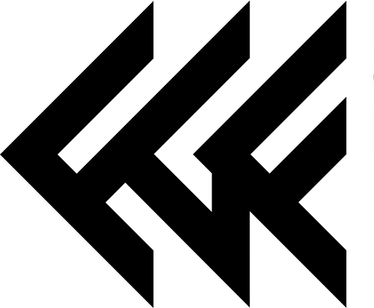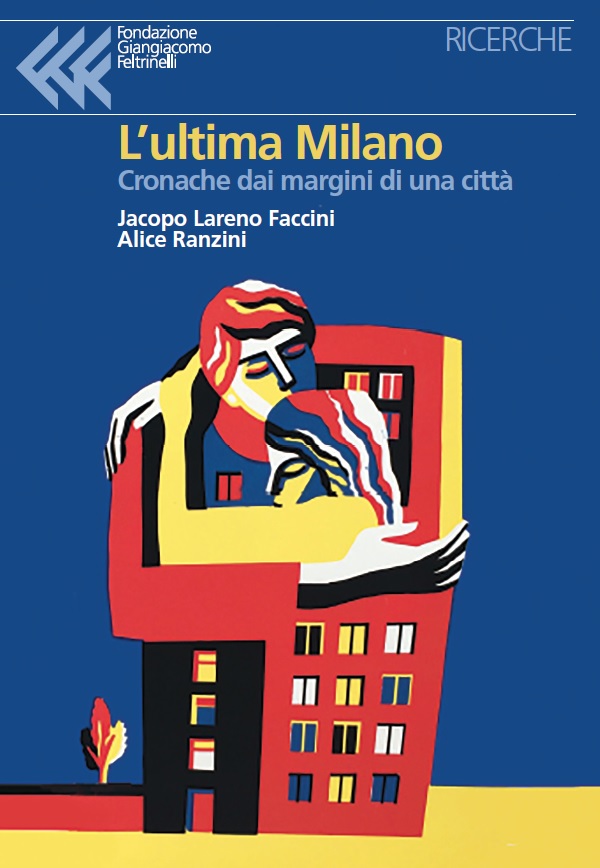The objective that was defined to the working group 3 of Broken Cities, on urban and suburban regeneration and requalification, addressed most of these debates, triggering the discussion in the group about the concept of nature-based solutions as strategic tools to combat the effects of climate change and regenerate and redevelop cities and territories.
During the first day, the debate between the groups was mainly enriched by the case studies of each participant, and the issues that they had lifted, looking at theirs weaknesses and strength.
Some of the best practices brought were similar between each other, helping to identify similar characteristics and ideas and to form specific thinking groups divided by methodologies, programs or concepts. Nevertheless, this fact didn’t cause any strong division during the working sessions and all the meetings occurred as flat and democratic processes of discussion.
Considering the initial objective, the proposal of the group re-defined the initial target of its proposal on the beginning of the work: to improve the urban healthy living, both social and physical. This goal reframed the anterior objective, aiming to look at nature based solutions not only as a medium to regenerate biodiversity or combat climate change but also as a mean to improve community living, promote urban equality and climate justice, in order to repare the broken social tissues caused by processes of “green washing” or gentrification.
The working group was composed by a great variety of professionals, researchers and activists, with different points of view. This heterogenous group allowed a lively approach to the main themes and generated moments of conflict between all the parts, triggering an interesting process of collective creation that was, at the same time, hard and fruitful.
This argumentation flat process lead to a proposal that has, at the same time, a general and a synthetic purpose, but can be transformed in a valuable contribution for a possible new policy.
The proposal was then though as a new cultural model to look at natured based regeneration, which instead of considering just solutions that are based in natural features or characteristics, tried to think as these solutions not only as nature but also as careful.
Four main statements where raised to be part of this proposal, which served the main motif for creating the new concept of nature care solutions:
- Urban regeneration processes have to include site specific criteria. The knowledge acquired to support the decision-making process need to care about the diversity of local knowledges of every place and its animal, vegetal and geological ecosystem.
- This knowledge, as well as the projects to be implemented, shall be developed on collaborative processes but it also needs moments of critical distance to set in motion more transformative changes.
- To implement these processes is important to create green collars formation, in order to answer the environmental and landscape needs and the job opportunities it may create.
- Is important to develop new skills for adaptive mapping processes, to include natured based solutions but also to connect all the processes developed on cities and to create a new and incremental planning system that is always evolving.
The wider purpose of this set of statements is to promote a wild city, where nature and care solutions regenerate the city constantly and collectively on a continuum and resilient process.
For this proposal, the diversity of the case studies, whose scope varied between bottom-up interventions and also more institutional programs, along with the hybridity of the working group were important factors to the co-creation of this wider vision for the cities regeneration processes.
This vision was complemented by a late reflection about a statement that helped to illustrate the proposal:
World is now dominated by an animal who does not believe he is an animal. And the future is beingimagined by this animal.[1]
Actors
On this wild city, which we are promoting and previewing, all the elements, institutions, documents, animals, etc, that are in the city are essential. So, starting from the elements: animal, plant, water, earth, and ending on all the organizations, institutions and documents, all actors need to be considered, because they are all part on this wildness.
Resources:
The group considered that all resources should be included to improve the regeneration: private investors, public funds, communal funds and every kind of sponsorship needs to be taken in account, such as the economic forces, working on the field; Digital resources and all the technological innovation that can be used to improve this new system; And the social resources, all should be included on the proposal for a more wild city.
[1] Challenger, M., Melanie Challenger: “Porque é que sermos um animal nos perturba tanto?”, in P2, A.M. Henriques, Editor. 2021, Público: Lisboa.









